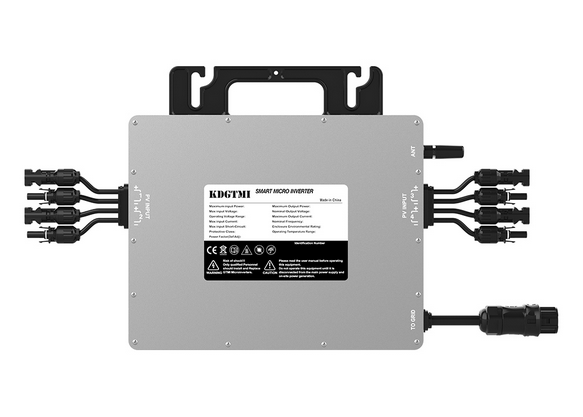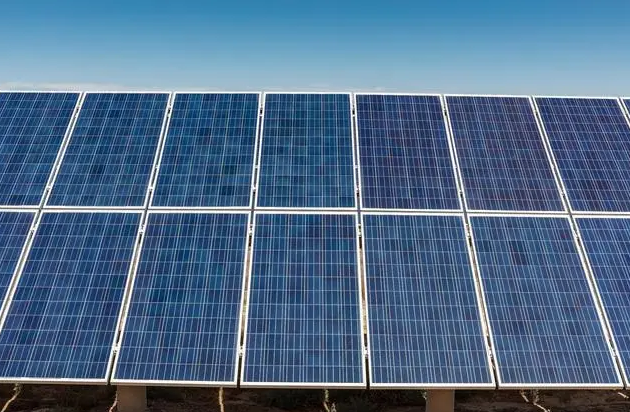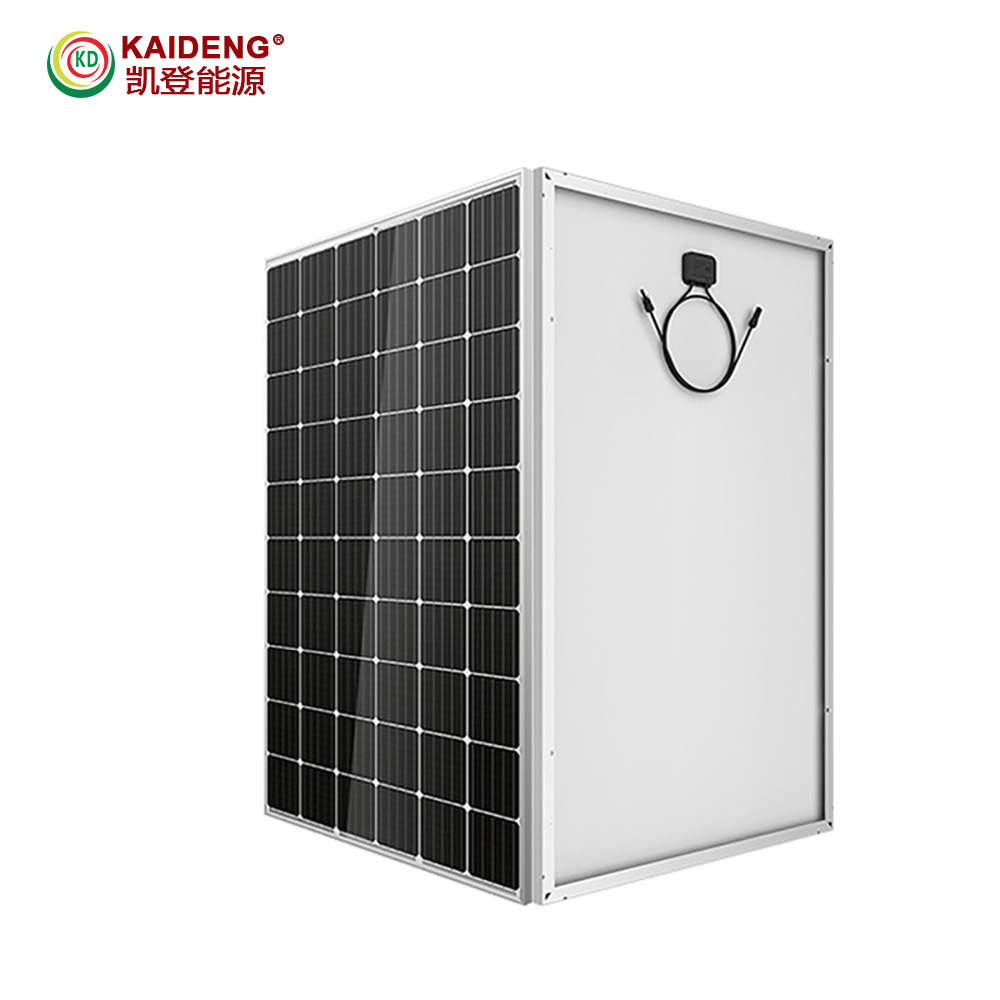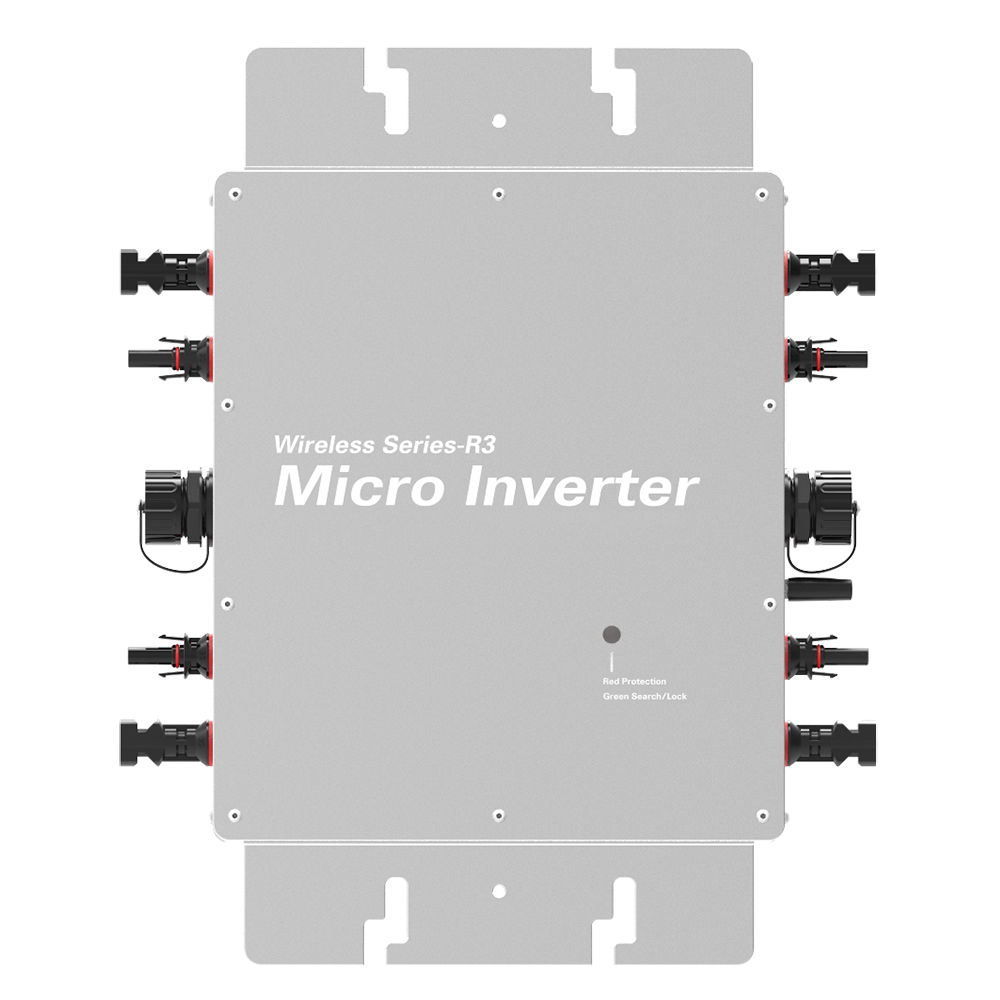
The long-term non-use of photovoltaic inverters will have many effects. First of all, long-term non-use will lead to the internal components of the equipment in a stagnant state for a long time, susceptible to moisture, rust, etc., thus affecting the normal operation of the equipment. Secondly, long-term non-use will lead to aging of the electronic components in the equipment, or even failure, seriously affecting the performance and reliability of the inverter. In addition, long-term non-use will also lead to the failure of the protection system of the equipment, unable to identify and deal with various faults in a timely manner, increasing the risk of equipment failure.
In addition, photovoltaic inverters that are not used for a long time may accumulate a large amount of dust due to environmental factors and other reasons, affecting the heat dissipation effect, resulting in overheating of the equipment and accelerating the aging of the equipment. Moreover, long-term non-use will also affect the energy-saving effect of the equipment and waste energy resources. Most importantly, long-term non-use will make the photovoltaic inverter can not play its due power generation effect, resulting in the overall efficiency of the photovoltaic power generation system decline, affecting the rational use of electricity.
Therefore, in order to ensure the normal operation of the photovoltaic inverter and extend the service life of the equipment, it is recommended to regularly check, clean and maintain the photovoltaic inverter to ensure that the equipment is in good working condition, timely detect and solve potential problems, delay the aging of the equipment, improve power generation efficiency, reduce maintenance costs, and ensure system reliability and stability. It is hoped that every user of the photovoltaic power generation system can pay attention to this problem, carefully maintain the equipment, and ensure the long-term effective operation of the system.



